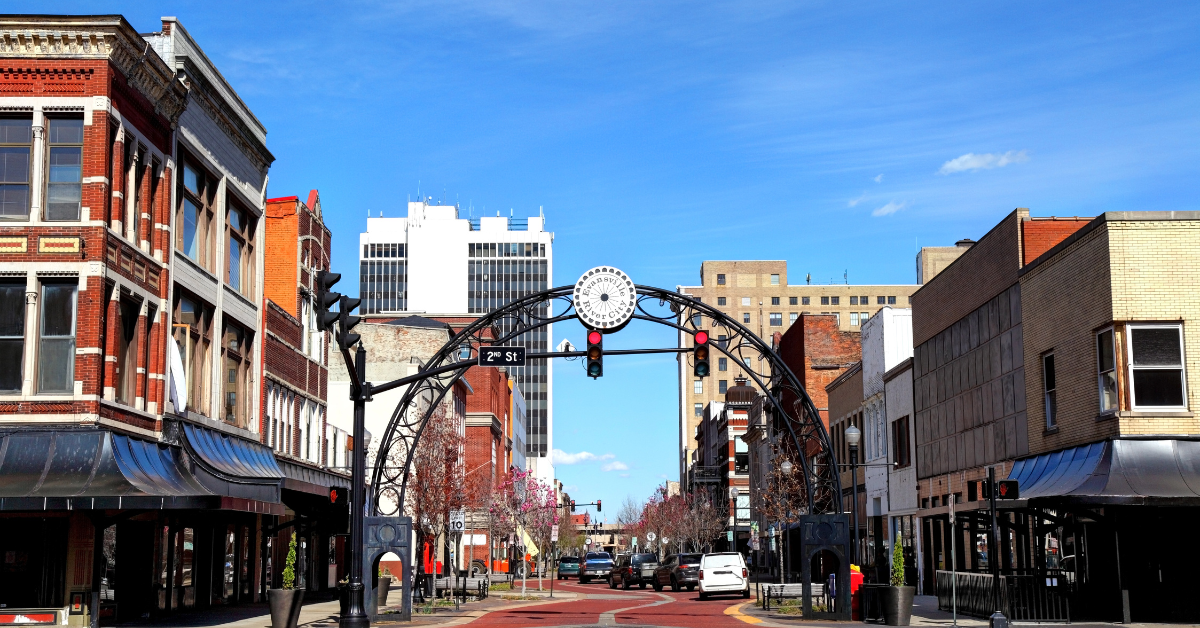Baltimore, located on the East Coast of the United States, is one of the major cities of Maryland. However, in Japanese, it has no kanji representation and is always written in katakana. This article explores Baltimore’s culture, sports identity, and the image Japanese people hold of the city.
Why Baltimore Has No Kanji Representation
During the Meiji period, some foreign names were translated phonetically into kanji, such as 亜米利加 (America) and 倫敦 (London). Yet, in modern Japanese, katakana is the standard for foreign place names because it ensures readability and accuracy.
Baltimore follows this convention, and in newspapers, maps, and guidebooks, it is always written in katakana. Unlike cities such as New York, Baltimore was not a frequent travel destination for Japanese people, which is another reason a kanji version never became necessary.
Basic Information about Baltimore
| Item | Content |
|---|---|
| Location | Maryland, USA |
| Population | About 580,000 (city area) |
| Historical Background | Port city tied to the American Revolutionary War and Civil War |
| Specialty Food | Blue crab dishes (crab cakes, soups, etc.) |
| Cultural Feature | Associated with Edgar Allan Poe |
| Sports | MLB Baltimore Orioles, NFL Baltimore Ravens |
The Image of Baltimore Among Japanese People
Although Baltimore is less well-known in Japan compared to major US cities, several elements shape its image:
- Sports City
The Orioles and Ravens define the city, drawing attention from Japanese baseball and American football fans. - Literary Heritage
Known as the city where Edgar Allan Poe spent his final years, it has a literary and somewhat mysterious aura. - Port City Atmosphere
Like Yokohama or Kobe, Baltimore grew alongside its port, which creates a sense of familiarity for Japanese people. - Concerns about Safety
News and television sometimes highlight crime issues, leading to an image of Baltimore as a “rough port city.”
Baltimore as a Sports City
Baltimore’s identity as a sports hub is undeniable, with professional teams that the entire community supports.
| Team | Sport | Characteristics | Recognition in Japan |
|---|---|---|---|
| Orioles | Baseball (MLB) | Historic franchise with Camden Yards as home stadium | Known among baseball fans |
| Ravens | American Football (NFL) | Famous for their strong defense | Popular among football fans |
| Blast | Indoor Soccer | A community-rooted sports club | Low recognition |
The Orioles’ Camden Yards is often considered one of the most beautiful ballparks in the US, where the ballpark itself is a tourist attraction. The Ravens, on the other hand, transform the entire city into a sea of purple on game days, showcasing the unity of the community through sports.
Food Culture and Port Identity
Baltimore’s history as a port city means its food culture is deeply tied to the sea. Blue crab dishes are the city’s most famous specialty.
| Specialty Dish | Feature | Popularity among Tourists |
|---|---|---|
| Crab Cakes | Generous use of crab meat | Very High |
| Crab Soup | Hearty soup with spices and seafood | High |
| Seafood Platters | Assortment of fresh seafood | Moderate |
The combination of fresh seafood and harbor scenery creates a lasting memory for visitors.
Connections Between Baltimore and Japan
While direct connections are limited, there are still some notable links:
- Baltimore Checkerspot Butterfly
A butterfly species (family Nymphalidae) found in Japan carries the name “Baltimore.” - Shared Port City Identity
Like Yokohama and Kobe, Baltimore developed as a port city, giving Japanese people a sense of familiarity.
| Field | Connection with Japan | Details |
|---|---|---|
| Ecology | Baltimore Checkerspot Butterfly | A species named after Baltimore exists in Japan |
| Urban Culture | Growth as a port city | Similar development to Japanese port cities |
| Tourism | Sports Tourism | A chance to experience MLB and NFL games |
Safety and Social Perceptions
Baltimore has been portrayed as a city with safety challenges, particularly in some neighborhoods with higher crime rates. This has contributed to the Japanese impression of Baltimore as a “dangerous city.”
However, tourist areas and sports facilities are well-maintained and safe, allowing visitors to enjoy the city without worry. The contrast between cultural richness and urban struggles makes Baltimore a complex and intriguing place.
Conclusion
There is no standard kanji representation for Baltimore, and katakana has become the accepted form in Japanese. While not as famous as other American cities, Baltimore leaves a unique impression as a sports city, literary city, and port city.
The Orioles and Ravens define its sports culture, while blue crab cuisine and the connection to Edgar Allan Poe add historical and cultural value.
For Japanese visitors, Baltimore offers a chance to experience a different side of America. From sports games to literary exploration and seafood dining, Baltimore provides experiences that cannot be found in the more typical tourist cities of the United States.






